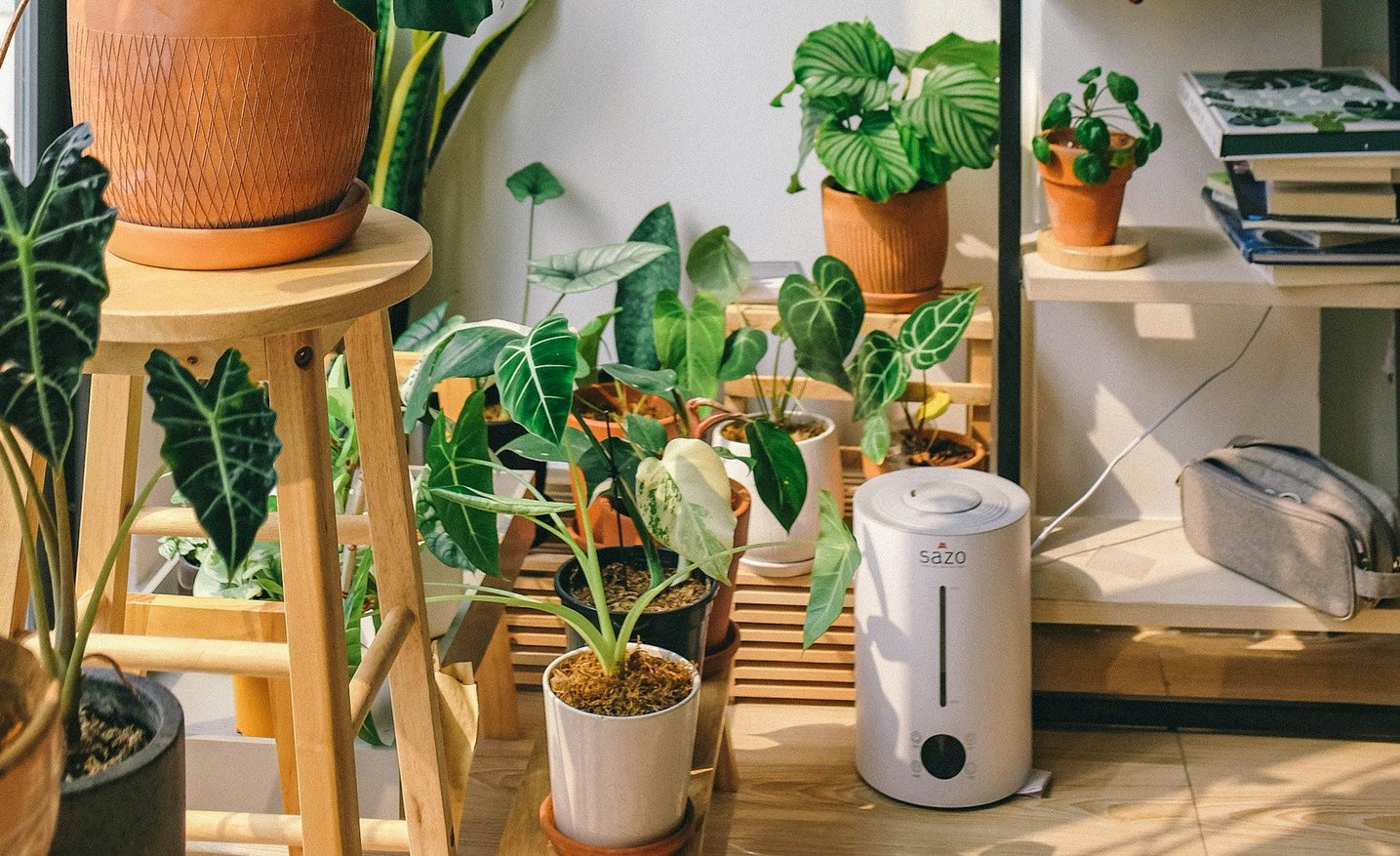
Horticulture is a vast and fascinating field that encompasses the art, science, and business of cultivating plants. It involves the production and management of various crops, including fruits, vegetables, ornamental plants, and more. Horticulturists strive to understand and optimize plant growth, improve crop yields, and enhance the aesthetic appeal of plants.
In this article, we will explore several aspects of horticulture, focusing on specific varieties, propagation methods, and interesting facts related to different plants.
Edible Delights: Cauliflower and Its Varieties
Cauliflower (Brassica oleracea var. botrytis) is a popular vegetable known for its dense flower heads, known as curds, which are the edible part. Blanching, a critical step in cauliflower cultivation, involves tying the outer leaves of the plant over the curd to protect it from exposure to sunlight, resulting in a white and tender curd.
One well-known cauliflower variety is “Pusa Snowball,” recognized for its quality and appearance. Additionally, “Pusa Ruby” is a variety of tomato, highlighting the diversity within horticulture.
Addressing Nutritional Needs: Mo Deficiency and More
Whiptail in cauliflower is a condition caused by molybdenum (Mo) deficiency. Molybdenum is an essential micronutrient for plants, and its deficiency can lead to various growth abnormalities, such as whiptail in cauliflower. Understanding and managing nutrient deficiencies is a crucial aspect of horticulture to ensure healthy plant growth and optimal yields.
Diverse Varieties: From Litchi to Strawberry
Swaran Roopa is an early variety of litchi, a delicious and fragrant fruit known for its sweet taste and unique flavor. On the other hand, “Pajaro” is a variety of strawberry, showcasing the broad range of fruit varieties in horticulture.
Horticulture and Gardening: A Blend of Art and Science
Horticulture involves the delicate art of cultivating plants while employing scientific principles to achieve the desired results. Propagation methods, such as grafting and seed propagation, are integral components of horticulture. Mango, a beloved tropical fruit, is primarily propagated through veneer grafting, a technique that ensures the desired traits of a specific variety.
Nutritional Wonders: Coconut, Almond, and More
Coconut, a versatile fruit, is a rich source of lauric acid, a type of fatty acid. Lauric acid offers various health benefits and is widely used in the food industry. On the other hand, almonds, specifically the “California Papershell” variety, contribute to a healthy diet and provide essential nutrients.
Fascinating Facts: From Cut Flowers to Ethylene
Germany stands as the largest importer of cut flowers globally, underlining the worldwide demand for floral beauties. Ethylene, a plant hormone, plays a crucial role in the ripening and senescence of fruits, making it a key factor in fruit preservation.
DO YOU KNOW !
| 1 | Edible part of cauliflower | Curd |
| 2 | Blanching is an important process of | Cauliflower |
| 3 | Whiptail of cauliflower due to | Mo deficiency |
| 4 | Pusa ruby is a variety of | Tomato |
| 5 | Swaran roopa is the early variety of | Litchi |
| 6 | Pajaro is the variety of | Strawberry |
| 7 | Bolero is the variety of | Marigold |
| 8 | Richest source of vitamin C is | Barbados cherry |
| 9 | Largest importer of cut flower in the world | Germany |
| 10 | The dwarf variety of mango | Amrapali |
| 11 | California Papershell is the variety of | Almond |
| 12 | Fruit of rose known as | Hips |
| 13 | Fruit of okra is | Capsule |
| 14 | Coconut fat rich source of | Lauric acid |
| 15 | Coconut is propagated by | Seeds |
| 16 | Mango is mostly propagated through | Veneer grafting |
| 17 | Inflorescence of cauliflower known as | Cyme |
| 18 | Inflorescence of cabbage known as | Cat ken |
| 19 | Black heart of potato due to | O2 deficiency |
| 20 | Pusa snowball is a variety of | Cauliflower |
| 21 | Development of fruits without fertilization is called | Parthenocarpy |
| 22 | Development of embryo without fertilization is known as | Apomixis |
| 23 | Oleoresin is an important product of | Chilli seeds |
| 24 | Kesar (saffron) belong to the family of | Iridiceae |
| 25 | Concentration of sugar is used for preservation is | 60-70 % |
| 26 | Mango variety suitable for high density planting is | Amrapali. |
| 27 | Most salt tolerant fruit crop is | Date palm |
| 28 | Fruit repiring hormone is | Ethylene. |
| 29 | A form of low pruning to about 2 m up to stem is called as | Pollarding |
Conclusion
Horticulture plays a vital role in providing us with an array of fruits, vegetables, and ornamental plants. It combines science, art, and practical skills to cultivate plants efficiently, ensuring bountiful harvests and beautiful landscapes.
Understanding the nuances of horticulture, including plant varieties, propagation methods, and nutritional aspects, allows us to appreciate the diverse and enriching world of plants that contribute to our daily lives.








